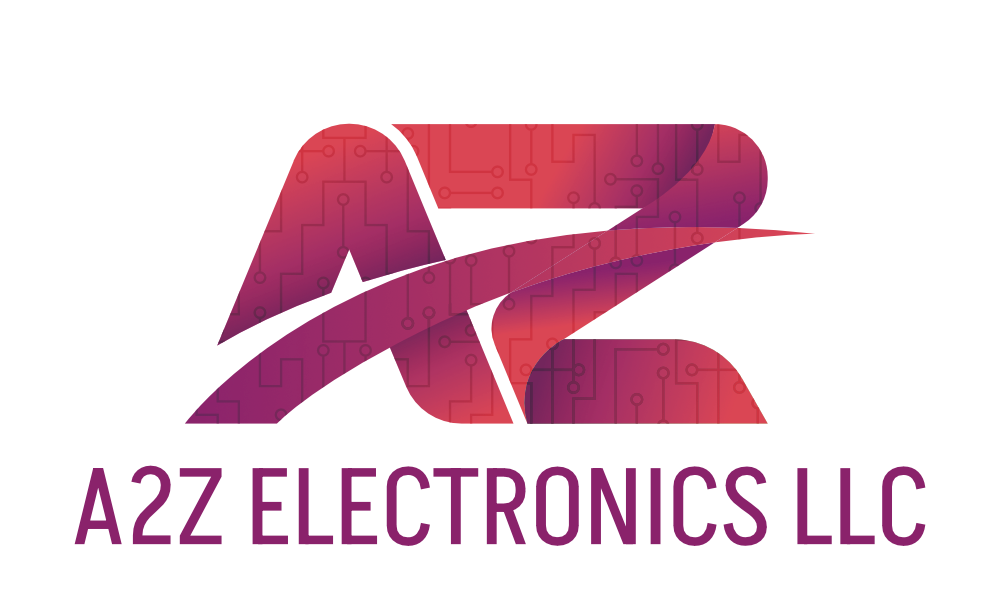What Is a Fiducial Mark? Types, Placement, and Benefits in PCB Assembly
- Harshit Shah

- May 31
- 3 min read
Updated: Aug 19

In PCB assembly, every micron matters. Machines operate at incredible speeds, placing components with stunning accuracy, but only if they know exactly where to land. That’s where fiducial marks come in.
Though small and often overlooked, fiducial markings ensure that surface mount machines can align and position components correctly.
This post will explore what fiducial marks in PCB design are, why they matter, and how to use them effectively in your next project.
Table of Contents
What Is a Fiducial Mark in PCB Design?
A fiducial mark is a small, precisely positioned feature printed on a PCB to serve as a visual alignment reference for automated assembly machines. These marks help machines identify board orientation and scale, especially for surface mount technology (SMT) processes.
Typically circular and free of solder mask, PCB fiducials offer a clean, high-contrast target that optical systems can easily detect. Without them, machines may misalign components or halt production entirely.
You can also read: PCB vs PCBA – What are the Differences and Why It Matters
Benefits of Using Fiducial Marks in PCB Assembly

Adding fiducial markings to a PCB board design comes with major advantages during assembly:
Accurate Placement
Machines can place components more precisely, especially for fine-pitch parts or BGA packages.
Improved Yields
Reduced placement errors mean fewer defects and less rework.
Faster Machine Setup
Fiducials streamline the alignment process, saving time during setup and changeovers.
Essential for SMT Processes
For high-speed SMT lines, PCB fiducial markers are not just helpful, but they're necessary.
You can also read: A Detailed Guide to Surface Mount Technology (SMT)
Purpose of the Fiducial Mark in PCB
The main purpose of a fiducial mark PCB is to act as a reference point for automated systems. It allows pick-and-place machines and optical inspection tools to:
Recognise board orientation
Correct slight misalignments or scaling differences
Calibrate component placement to exact locations on the board
They ensure the production process runs smoothly, especially in high-precision printed circuit board assembly services.
Types of Fiducial Marks
There are several types of fiducials in PCB design, each serving a specific function:
Global Fiducials
It is placed near the corners of the board, it helps align the entire PCB during the initial setup.
Local Fiducials
Located close to complex or fine-pitch components (like BGAs), these help align that specific area more precisely.
Panel Fiducials
Used in multi-board panels to guide the alignment of each individual PCB within the panel.
Guidelines for Using Fiducial Mark in PCB Design and Engineering

When designing fiducials, following these best practices will ensure they function properly:
Use a solid copper circle, typically 1 mm in diameter.
Surround the mark with a 2 mm clearance area free of copper and solder mask.
Place fiducials on both the top and bottom layers if both sides are assembled.
Maintain consistent size and spacing for all fiducials on the PCB board.
Following proper fiducial mark PCB design standards ensures compatibility with modern assembly lines.
Placement Considerations of Fiducial Markers in PCB
The placement of PCB fiducial markers significantly affects machine vision and alignment accuracy. Consider these tips:
Place at least two global fiducials diagonally across the board for accurate orientation
Add local fiducials near fine-pitch or critical components
Keep fiducials away from board edges to avoid distortion during panel cutting
Ensure clear visibility by avoiding silkscreen, solder mask, or nearby copper pours
Correct placement enhances precision during printed circuit board assembly services, especially in high-speed environments.
Best Practices for Using Fiducial Marks in PCB Assembly
To get the most from your fiducial markings, follow these simple but effective practices:
Always include global fiducials on every PCB design
Use local fiducials for components with tight tolerances
Ensure consistent design rules across all projects
Test fiducial detection during prototyping to prevent production delays
Collaborate with your PCB assembly company to confirm fiducial compatibility with their systems
Proper use of PCB fiducials saves time, reduces defects, and improves overall manufacturing success.
Recommended Reads
Conclusion
Though small, fiducial marks play a massive role in the accuracy and efficiency of printed circuit board assembly services. They help machines align, detect, and place components with precision, saving time, reducing errors, and ensuring consistent quality.
At A2Z Electronics LLC, we specialise in high-precision assemblies that rely on smart, reliable design choices, including the correct use of fiducial mark PCB guidelines. Whether you’re prototyping or scaling up, our team ensures your board is built with alignment, accuracy, and performance in mind. Contact us to discuss your project requirements.





